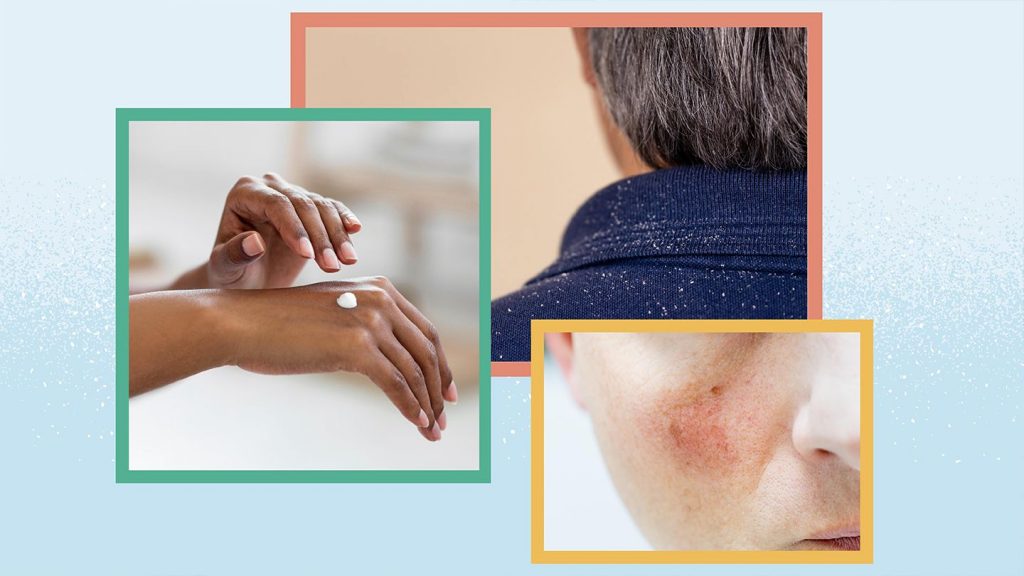HIV can cause various skin conditions, including rashes. These may result from the virus itself or opportunistic infections due to a weakened immune system. Common HIV-related skin conditions include:
HIV Rash
A common early symptom, appearing as red or pinkish spots on the skin.
Antiretroviral therapy (ART) to control the virus and improve immune function.
Herpes Simplex Virus (HSV)
Causes painful sores or blisters; more severe in HIV-positive individuals.
Antiviral medications can help manage and control outbreaks.
Varicella-Zoster Virus (VZV)
Leads to shingles in HIV-positive individuals with a compromised immune system.
Antiviral drugs and pain management medications.
Seborrheic Dermatitis
Presents as scaly, greasy patches on the skin, often seen in the scalp and face.
Topical antifungal or corticosteroid creams and good hygiene practices.
Kaposi’s Sarcoma
A cancerous skin lesion caused by human herpesvirus 8 (HHV-8).
Depends on the extent of lesions; may involve surgery, radiation, or chemotherapy.
Molluscum Contagiosum
Viral skin infection resulting in small, painless bumps.
Can be removed surgically or treated with cryotherapy.
Psoriasis
Chronic skin condition causing red, itchy, and scaly patches.
Tropical steroids, phototherapy, or systemic medications, depending on severity.
Fungal Infections
Common in people with HIV due to weakened immunity.
Antifungal medications, either topical or oral, depending on the infection’s severity.
READ ALSO: 10 Essential Facts About HIV/AIDS Everyone Should Know
It’s crucial for individuals with HIV to work closely with healthcare providers to manage both the virus and associated skin conditions, emphasizing the importance of consistent ART and prompt treatment of skin issues to maintain overall health.

